Is Kyoto’s raindrop cake as good as the original from Yamanashi?
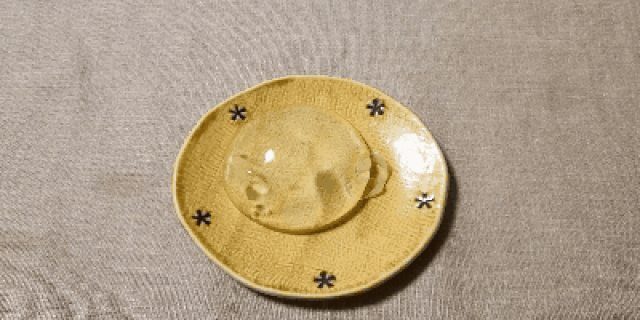
Japan’s famous water cake now has some stiff competition.
Back in 2014, Japan went crazy for a new type of dessert dubbed a “Raindrop Cake“, which was so delicate it was said to disappear in 30 minutes. The unique dessert quickly went on to receive worldwide attention…and a lot of copycat versions based on the original from Kinseiken in Yamanashi Prefecture.
Yamanashi’s creation is officially called Mizu Shingen Mochi, with “mizu” meaning “water” and “Shingen mochi” being the name of another jiggly sweet made by the company, which is so famous it even has its own KitKat.
For years now, we’ve always gone to Kinseiken for our raindrop cakes, but recently we heard good things about a store in Kyoto near the famed Fushimi Inari Taisha that’s also become well known for its own take on the watery sweet. What’s even better is they deliver, so we hopped online and placed an order for a box of six, which cost 3,400 yen (US$30.40), although they’re also available in sets of three for 2,200 yen.
▼ These raindrop cakes, made by Marumochiya, are called Mizu Maru Mochi, with “maru” meaning “round”.
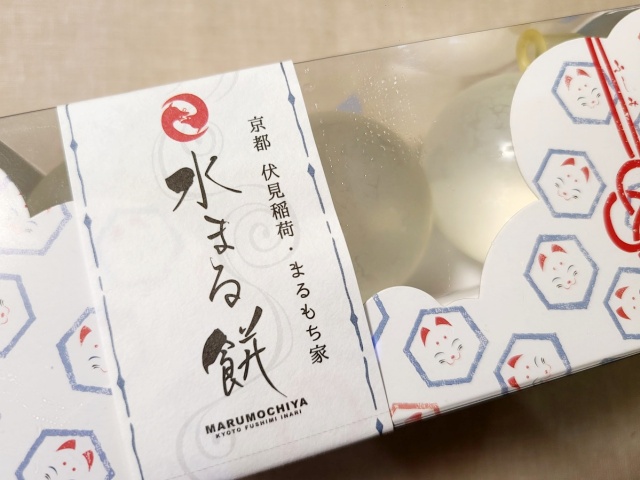
According to Marumochiya, the Mizu Maru Mochi is by far their most popular product, which raised our expectations for the sweet. When our box arrived, we unpacked the four things needed to make, and enjoy, the Mizu Maru Mochi, which consisted of kinako (roasted soybean flour), kuromitsu (brown sugar syrup), a toothpick, and the sweet itself.
▼ We were surprised to find the sweet packaged up like a big water balloon.

Resisting the urge to hurl the water balloon at someone, we followed the instructions and used the toothpick to pierce the rubber and release its contents onto a plate.
▼ Ta daaa!
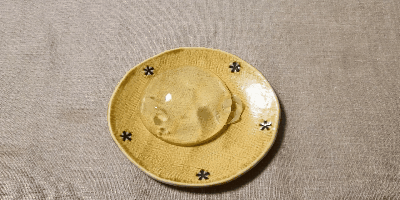
The rubber was a lot tougher than we’d anticipated, as it broke the little toothpick, making us wonder if this was some special sort of casing made especially for this sweet.
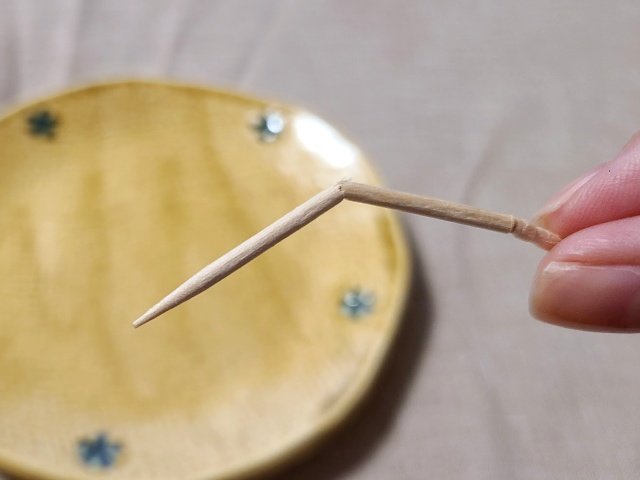
The piercing left us with an unfortunate little crack on one side of the raindrop cake, but that was easily hidden with a dollop of kuromitsu and a sprinkling of kinako. The rounded surface glistened beautifully in the light and was completely see-through, like the original one from Yamanashi Prefecture, so in terms of appearances, we were off to a good start.
▼ Using coloured plates helps to add some extra visual appeal to the treat.

To be totally honest, we were expecting some type of difference between this raindrop cake and the original, perhaps in terms of texture or flavour. However, when we actually tried a spoonful, we were surprised to find there was no discernible difference between the two varieties at all!
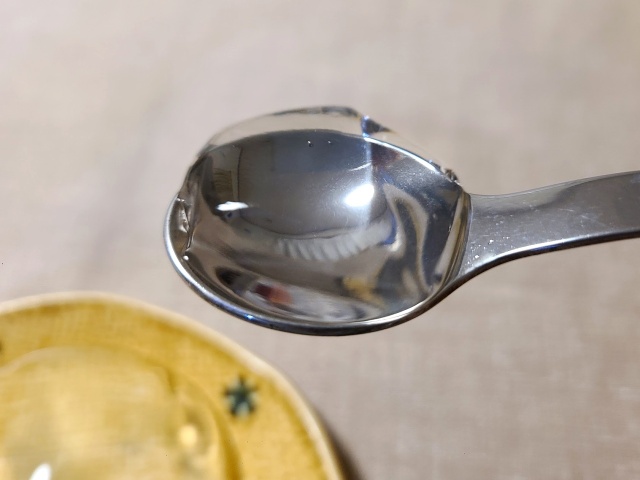
Both the Mizu Maru Mochi and the Mizu Shingen Mochi, which we’d just eaten last month, melted on the tongue instantly, and the subtle flavour of the sweet water jellies was almost identical. If we did have to choose between the two, we’d say the jelly in the Mizu Shingen Mochi was slightly more delicious, as it had a more well-rounded and balanced sweetness.
▼ Mizu Shingen Mochi (top) and Mizu Maru Mochi (bottom)
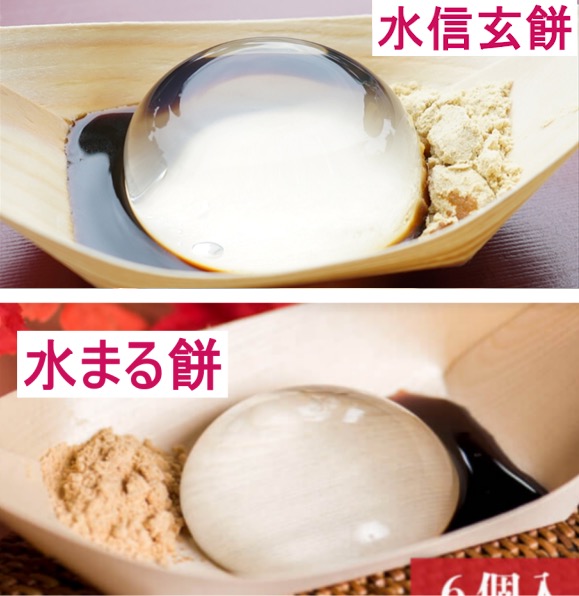 Image: SoraNews24/Marumochiya
Image: SoraNews24/Marumochiya
However, there’s one big point of difference that makes the Mizu Maru Mochi a better choice for this time of year. Unlike the Mizu Shingen Mochi, which is only available during the months of June through to September, the Mizu Maru Mochi is available year-round.
▼ This Kyoto-made version will definitely satisfy our cravings for raindrop cakes until June!
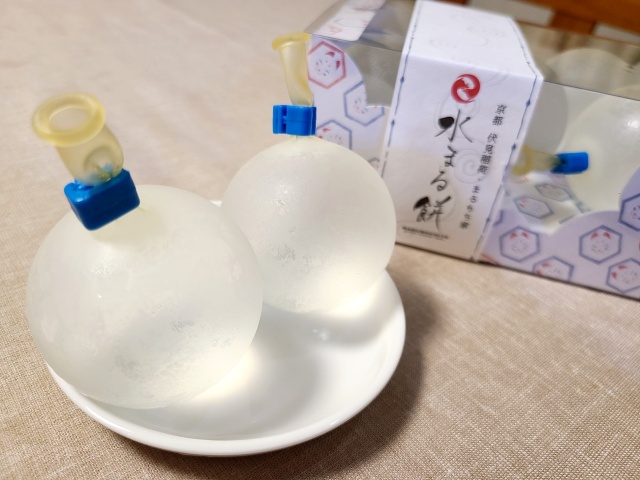
It doesn’t have to be summer to enjoy the watery delight that is a Japanese raindrop cake, and now we don’t have to travel to experience it either. Kind of like Japan’s oldest sweet, whose makers also deliver, from their centuries-old shop straight to your door.
Related: Marumochiya, Kinseiken
Images © SoraNews24
● Want to hear about SoraNews24’s latest articles as soon as they’re published? Follow us on Facebook and Twitter!
Credit:

0 comments:
Post a Comment